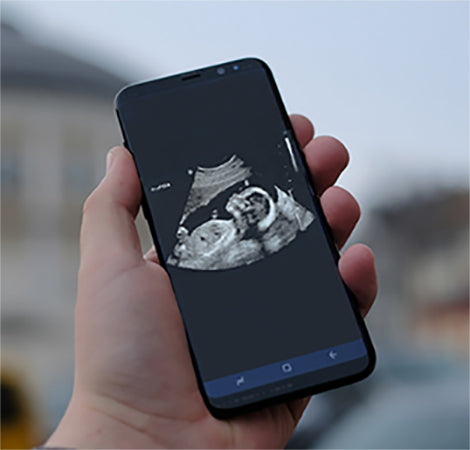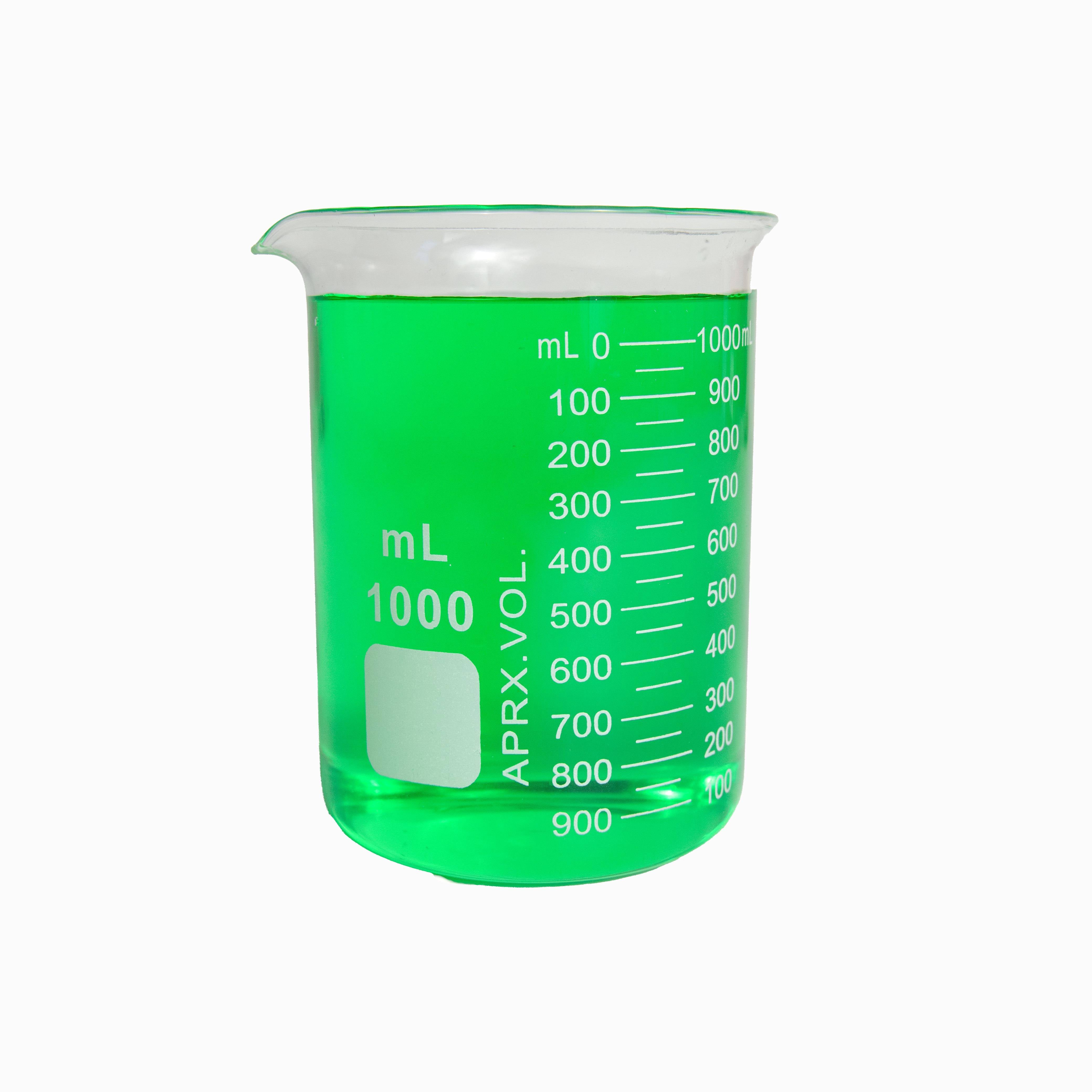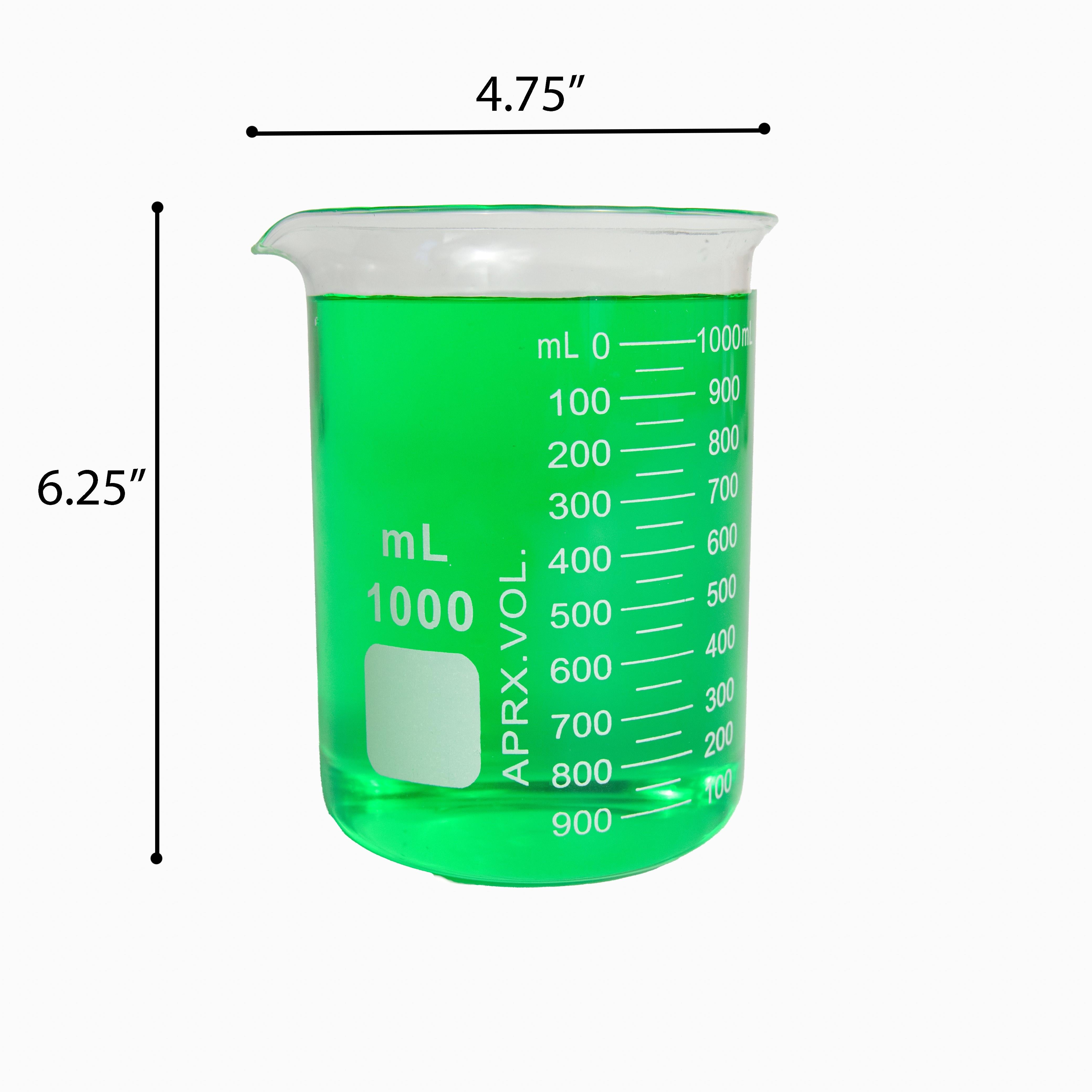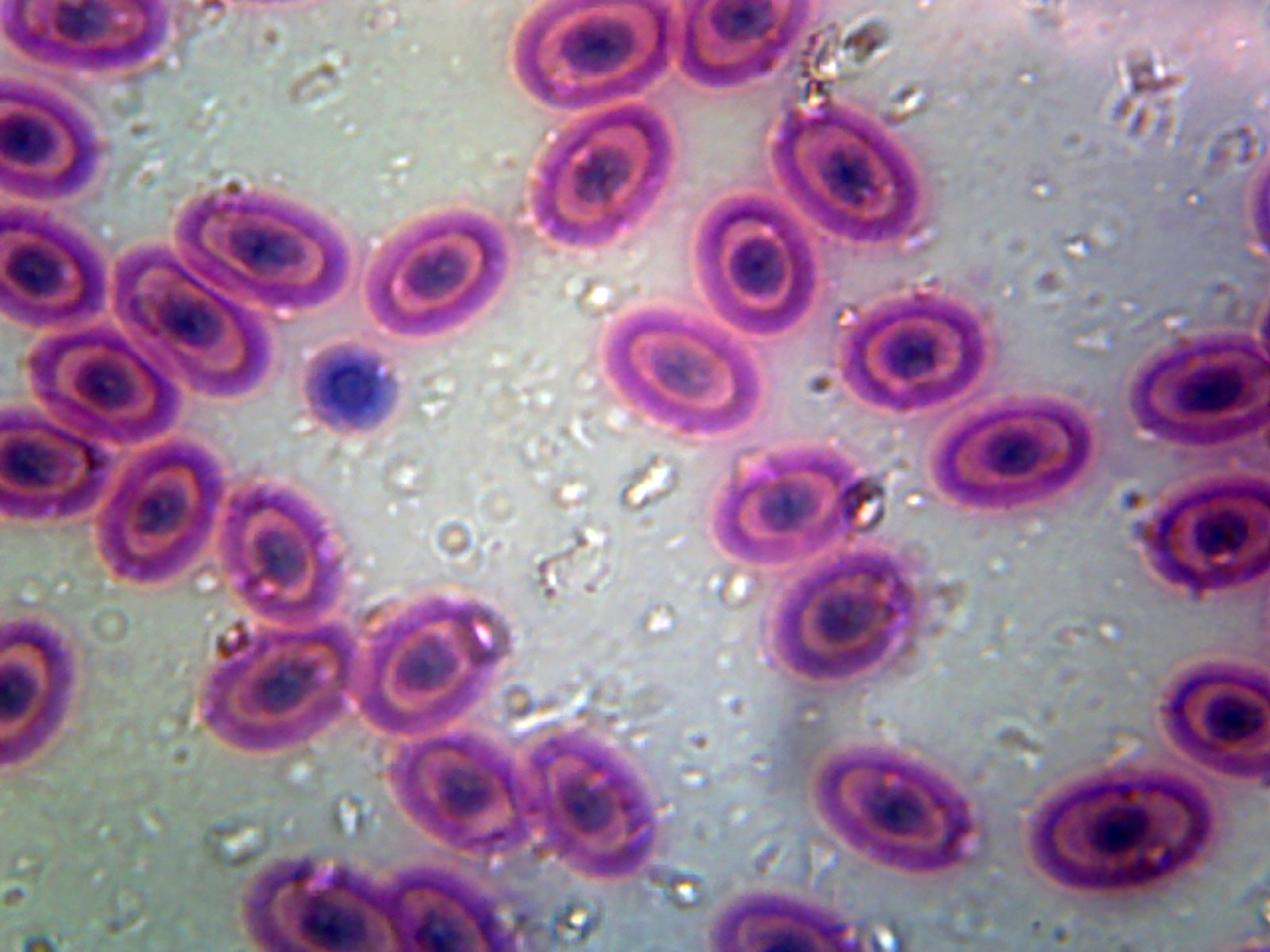This week I came across an article which reminded me of an interesting topic I had read about a couple of years back regarding the use of cell phone sensors and portable attachments being used to monitor your health in place of the traditional system of visiting a doctor to investigate symptoms as they appear. In this 2015 article from the Wall Street Journal, Ellen Weinstein examines what the future of medicine will look like as we live longer passed the “smartphone revolution.” She details a world where people are able to gather personal health data on their cellphones to send to doctors for review in order to democratize the process and allow people to take care of themselves on their own time. In her future, phones don’t just collect data, they analyze it and interpret it. There are wearable sensors in this world, passively collecting your vitals and monitoring for danger. There are sensors installed on microstents inside of your veins and arteries monitoring blood for early signs of cancer and other ailments that develop slowly and in secret. This society she envisions isn’t doctorless, but it does shake up doctor-patient relationships.
Now, this world isn’t a fully realized reality yet. But, at this point in history, we are getting better and better at shrinking down sensors. In fact, that was what brought this topic back to the front of my mind this week. Scientists out of the University of British Columbia published new research in Nature this week detailing their creation of an ultrasound transducer probe that is portable, wearable, and scaled down to the size of a Band-aid. These scientists (Carlos D. Gerardo, Edmond Cretu, and Robert Rohling) took an existing alternative design of what is traditionally used to create ultrasound scanners and improved on it. This design, called a CMUT, is usually either too expensive to produce or not sensitive enough to compete with traditional ultrasounds that use piezoelectric crystals. Gerardo and his associates, however, were able to tweak this CMUT design using a polymer resin to create what they call polyCMUTS. These can be produced much more cheaply than other CMUT designs, they can produce sonogram images that are as good or better than traditional piezoelectric ultrasound scanners, and they can be powered from a smartphone. While this invention is exciting, the truly exciting step is the next one, according to co-author Robert Rohling, of the development of prototypes and clinical applications using this tech going forward.
But this isn’t the only exciting advancement in sensors like this, only the most recent one. For example, in 2009 Timothy Bickmore developed an A.I. “virtual nurse” to help patients, especially disadvantaged people with poor healthy literacy, better transition back to their lives in a safe way when leaving the hospital. He has since developed other A.I. virtual assistants like a couple’s counselor or a personal trainer. This article from the New Yorker examines these innovations in virtual care and whether or not the way humans interface with them is beneficial to humans. For another example, this article in Health Data Management details the recent explosion in glucose monitoring technologies for helping diabetics manage their condition. To put this transition from hospital-centered care to patient-centered health management into perspective, the article compares the life of a woman named Mary Fortune in 1967 to her life now. In ’67, she was hospitalized because it was difficult to reliably measure her blood sugar. Today, however, she is able to continuously monitor her blood pressure throughout the day via a patch on her skin that transmits this data to an app on her phone. On top of virtual nurses and glucose monitoring patches, today’s phones and smartwatches are increasingly including things like heart rate sensors, with phones like the Samsung Galaxy S9 including blood oxygen and blood pressure sensors as well. There are even things like Kardia from AliveCor, an FDA cleared electrocardiogram device that can take medical grade ECG at home in 30 seconds using your phone or a smartwatch. University of Illinois scientists are even building a device that can plug into your phone and analyze blood, urine, or saliva samples. The list of emerging health sensors is massive.
My point basically boils down to this: we’re getting better every day at miniaturizing sensors, and these small sensors are only going to become more useful to us.
And this usefulness doesn’t have to apply to just medical care. Phones already have a ton of sensors built into them. They have microphones to pick up sound; cameras (some of which are quite good) to pick up images; and accelerometers, compasses, gyroscopes, and GPS to determine its position, orientation, and speed. Since smartphones are almost ubiquitous these days, and many apps are free (or at least cheaper than large sensing hardware), it is hard to not consider using these sensors many students and teachers carry around everywhere for teaching and learning. In fact, some already do see the full potential in phone sensors for teaching physics. In The Physics Teacher, a publication put out by the American Association of Physics Teachers (AAPT), there is a column called iPhysicslabs that is entirely dedicated to physics labs that rely on smartphones and smartphone sensors for their lesson. Though, The Physics Teacher and iPhysicslabs are only available via a subscription or by purchasing individual articles, their archives can still be checked for ideas, at the very least. With free sensor logger software out there, it is really up to your imagination how smartphones can be used to teach science in the classroom.
Smartphones in schools are not without controversy, however. This blog article from Teacher magazine lays out two opposing sides of this debate. They describe how the Willoughby Girls High School (WGHS) in New South Wales, Australia and, as of September this year, all of France are banning cell phone usage in schools. On the other hand, they describe how schools like the John Monash Science School in Melbourne, Australia encourage the use smartphones for everything from notes and reminders to using sensors and data logging apps to study motion, pH, temperature, dissolved oxygen, and more. They stress at the John Monash Science School the importance of keeping phones updated, charged, and used only for school related activities.
While I understand the urges of schools to entirely ban cell phones because of their likeliness to distract students, I think the possibilities of using smart phones in the lab to teach is too exciting to ignore. I imagine a world where a student might use these new advances in portable medical scanners to study what they are learning in biology class first hand, and then use their phones to also investigate what they learn in physics class. So, despite this argument having two valid sides, I am compelled to believe that these mini computers we (mostly) all carry with us everywhere will become more and more important tools in a lab as time goes on and the sensors become cheaper and more sophisticated.
Though these sensors have innumerable ways they can benefit us, the ever-increasing presence of them in our world means one thing: data. A TON of data. If you think we as a species are swimming in an ocean of data right now, you are wrong. This is only a kiddie pool. Compared to the amounts of data we handle today, the future will dwarf it entirely. And, with that said, it is important to give a word to the cautious among us. This much data (and personal medical data, at that) offers up plenty of room for skeptics to worry about the privacy. I share these concerns. Who are we sending this onslaught of data to for storage? Who has access to it? Will we have control over it, or will the companies collecting it? Will doctors be able to view it universally across their systems safely? Will researchers be able to use it for large, cross-population studies?
All of these questions are valid and bring up very important points. I don’t quite know that we’ll be able to satisfactorily address these concerns, however, before this future is at our doorstep. Whatever the answers to these questions though, these technologies aren’t slowing down to let us answer them.
Are you excited by the possibilities of a world where many sensors are shrinking down to sizes that can be run by a cell phone? Do you have any experience using smartphones to teach? Have you ever used a smart phone to check something health related? Let me know in the comments!
Written By: Jacob Monash











